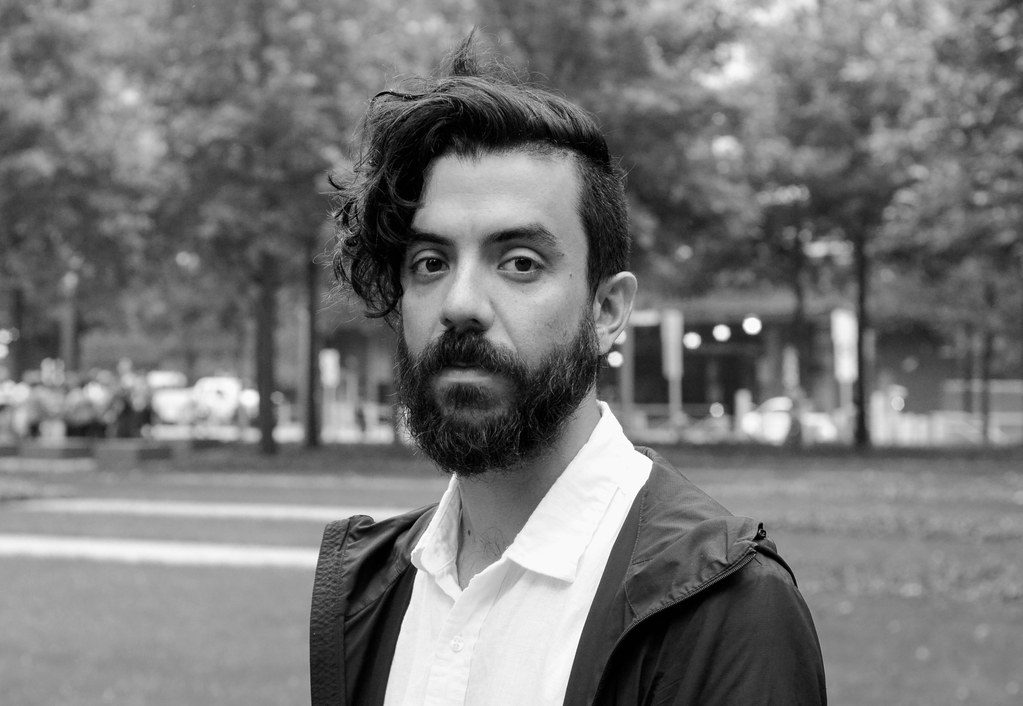Kaveh Akbar reads Ellen Bryant Voigt’s “Groundhog”

 An excerpt from the transcript of a New Yorker podcast in which faculty member Kaveh Akbar reads Ellen Bryant Voigt’s “Groundhog.” Also, the podcast itself:
An excerpt from the transcript of a New Yorker podcast in which faculty member Kaveh Akbar reads Ellen Bryant Voigt’s “Groundhog.” Also, the podcast itself:
Kevin Young: Hello. You’re listening to The New Yorker Poetry Podcast. I’m Kevin Young poetry editor of The New Yorker magazine on this podcast we asked poets to choose a poem for the magazine’s archives to read and discuss along with a piece of their own that we published in The New Yorker. My guest today is Kaveh Akbar who has received a Ruth Lily and Dorothy Sargent Rosenberg fellowship a Pushcart Prize and the 2018 Levis, that’s Larry Levis, reading prize. Welcome Kaveh.
Kaveh Akbar: Thank you so much for having me on. Great pleasure to be here.
Kevin: We’re happy to have you. So the poem you decide to read for us is Groundhog by Ellen Bryant Voigt.
Kaveh: Yeah.
Kevin: What in particular drew you to this piece.
Kaveh: Yeah I encountered this piece early in my relatively early, in my, I mean I’m still early in my poetry journey but I encountered it years ago when it first appeared in The New Yorker and it was one of those poems that just arrives like an angels blaring trumpet, you know it just sort of absolutely ripped the top of my head off and it was just my first encounter with language that felt so charged in that played with momentum so intelligently in the centripetal force and the inertia in this poem is just so incantatory and so magical.
Kevin: Well let’s hear it let’s hear it. Here’s Kaveh Akbar reading “Groundhog” by Ellen Bryant Voigt.
Kaveh Akbar reads “Groundhog.”
Kevin: That was Groundhog by Ellen Bryant Voigt which ran in the February 14th, 2011, issue of the magazine. So I can hear what drew you into it. I mean there’s this discussion of language and what we call things that sort of strikes me first but also nature I think as nature you know she’s trying I think in a poem to or the poem is trying to make us feel it. You know it’s enacting the thing that it’s describing sort of describing a groundhog. It is a groundhog.
Kaveh: Yeah. You think of the great deep familiars pronouncement to make the stone stonie right. Victor Shalosky an artist’s technique and I’ve never felt a groundhog to be so groundhog-y as in this poem right. You never feel, you never feel the groundhog-yness. It’s never so apparent as it is in this poem but just all of nature is like that. Right. And you encounter the way that taxonomy kind of flattens and the way that a poem can kind of really give texture and really give life. It does the opposite of what taxonomy does. […continue reading here]



